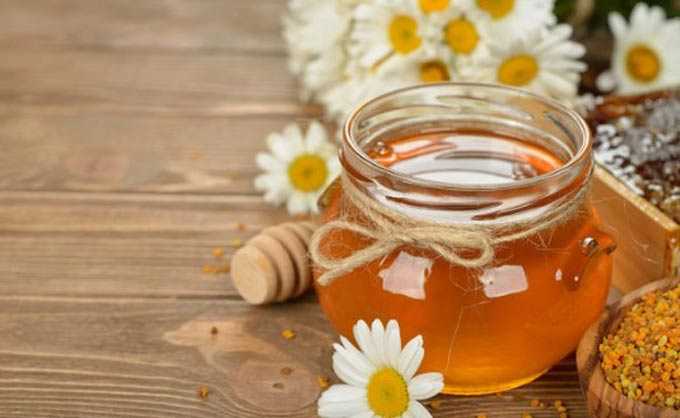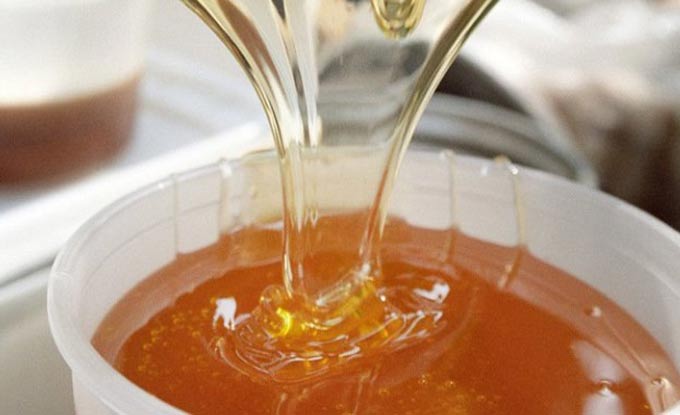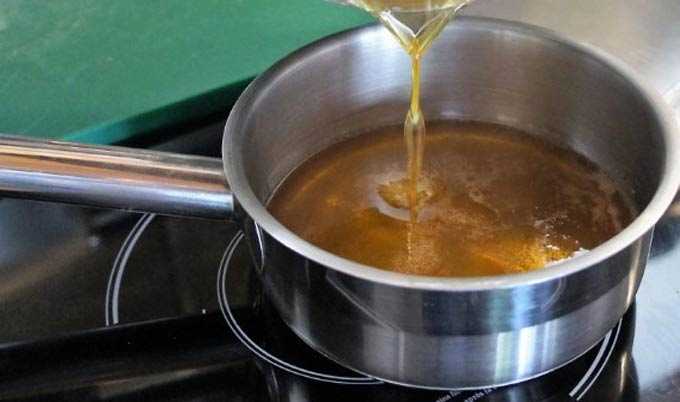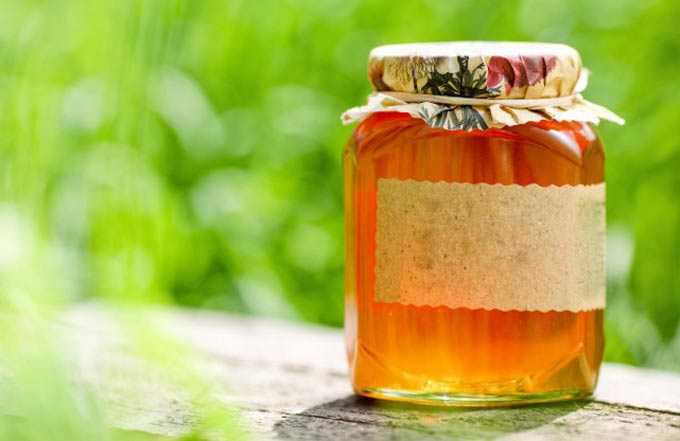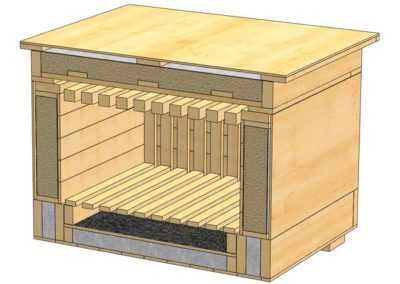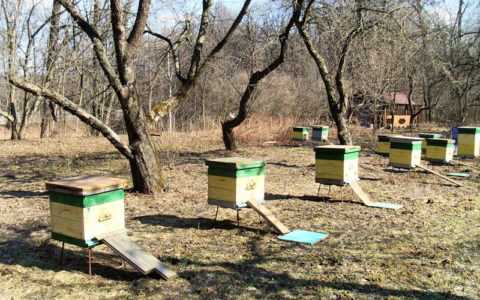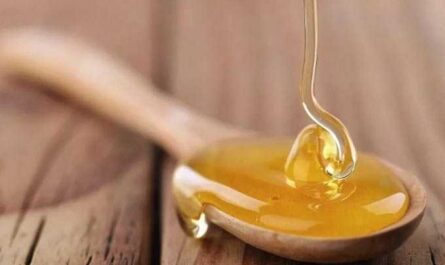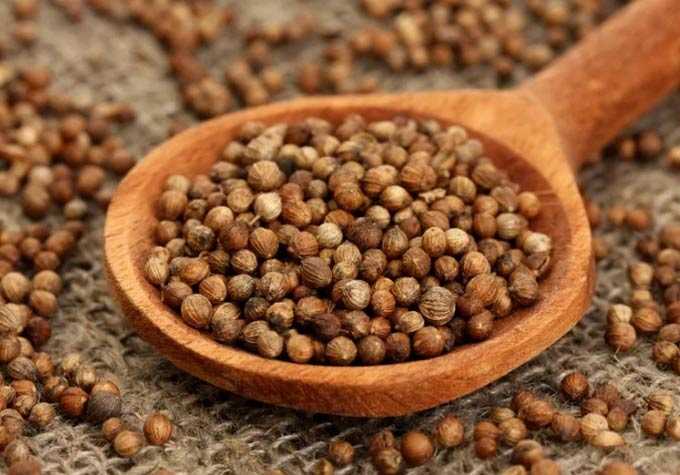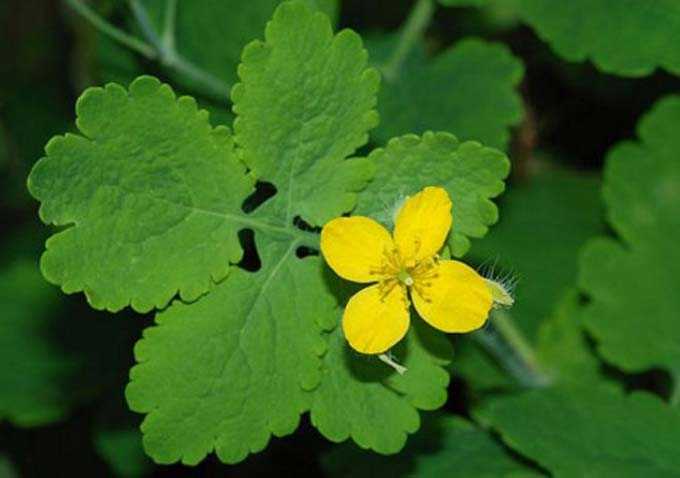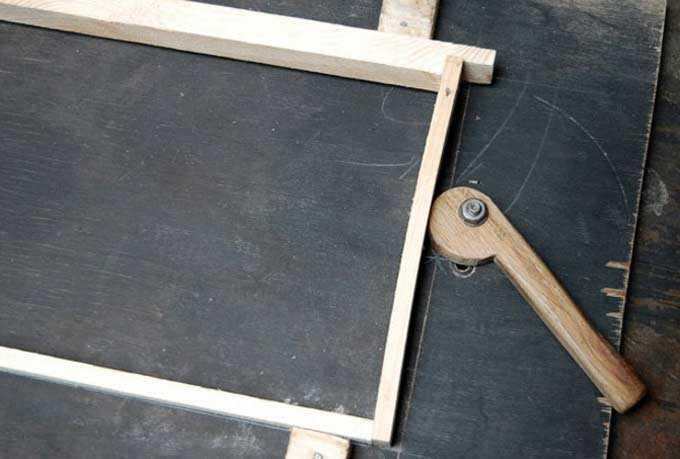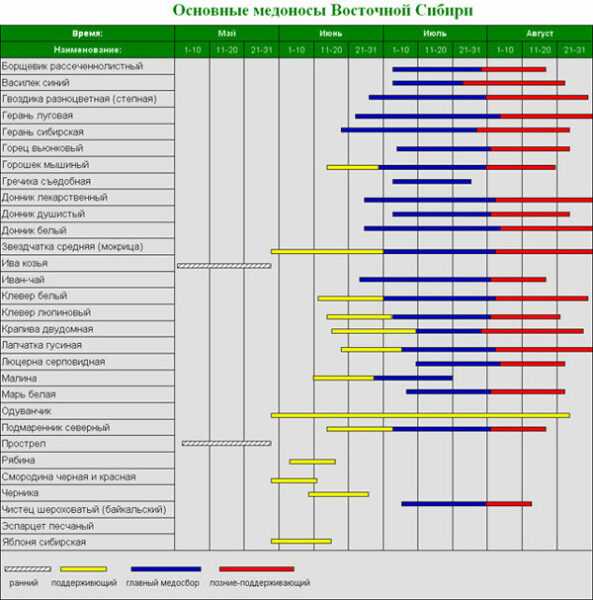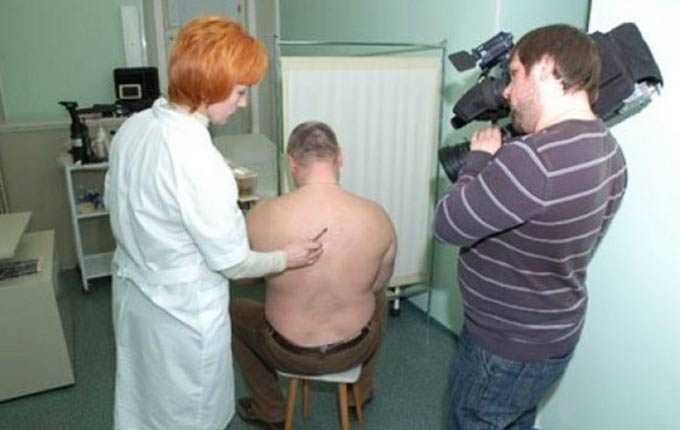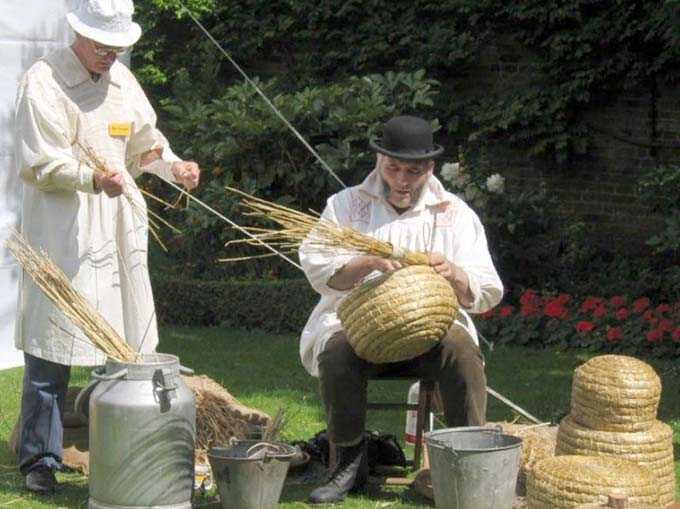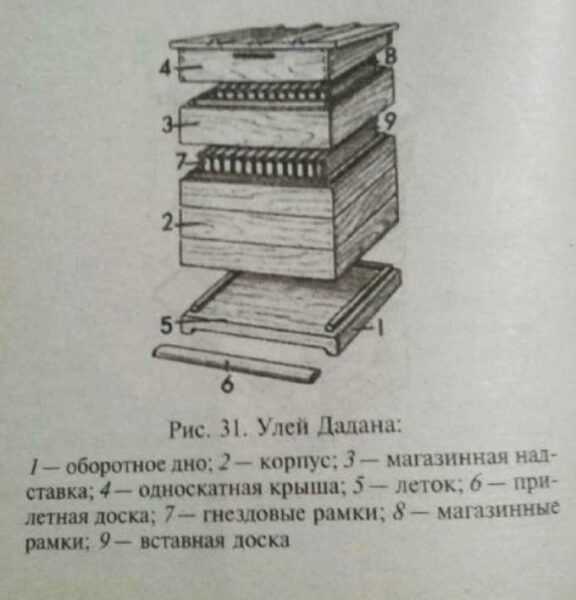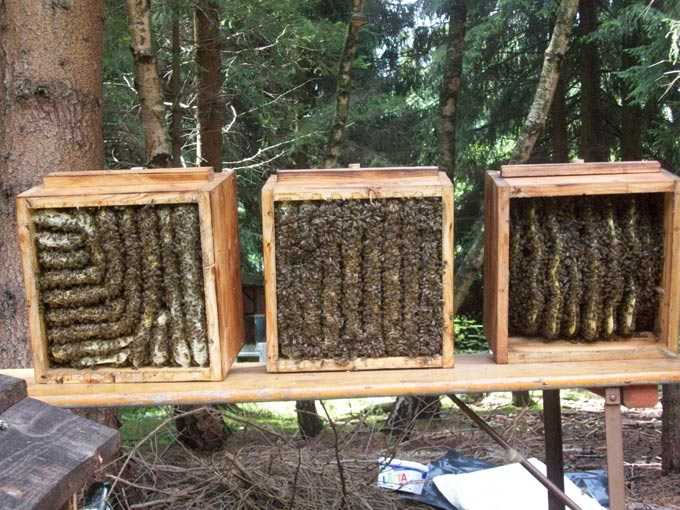Plastic products have become part of our life. Food containers, buckets, water pipes, baby bottles, kitchen utensils are all made from food grade plastic these days.
Producers and beekeeping did not pass by their attention. Cubotainers, plastic flasks and even 12-liter buckets with tight-fitting lids are widely used by beekeepers.
Is it possible to store honey in a plastic container if we are talking not only about transportation, but also long-term saving of the bee product?
The content of the article
- 1 The opinion of beekeepers
- 1.1 From the practice
- 2 What the reference literature says
- 3 How to prepare a container for use
- 4 European standards
- 5 Quality mark
- 6 Storage conditions
- 7 In conclusion
The opinion of beekeepers
The attitude to plastic (food grade plastic) among beekeepers is ambiguous. What is convenient to use is not always safe or does not always retain its quality for many years. This is the case with food grade plastic.
It is very convenient to transport in the same cubotainers. It is even more convenient to transfer honey to storage or to a vehicle, poured into small plastic flasks or buckets. This greatly facilitates the work of beekeepers.
But at the same time, plastic has a number of disadvantages. It:
- rather fragile (it can be damaged during careless transportation and even due to interest from rodents);
- afraid of direct sunlight (after two to three years, the material begins to crumble under improper storage conditions);
- afraid of defrosting / freezing (not suitable for storage in a refrigerator, in a room accessible to frosty air);
- is quite expensive when it comes to certified food-grade products;
- requires frequent replacement due to the release of phenolic groups formed during the aging of the material.
Yes, new cube containers or flasks, buckets meet all technical requirements. But what will happen to them for three to four years of operation?
By the way, some beekeepers are reinsured – line containers with large bags made of food grade polyethyleneused for salting fish on an industrial scale. Hoping at least in this way to protect honey from direct contact with plastic surfaces.
From the practice
In our beekeeping practice, it happened that the plastic lid, which was used to cork honey in a glass jar “for the needs of the family”, changed its color – began to give off yellowness.
The product touched the lid and was stored in the pantry for about two years.
Considering that honey contains organic acids, it can be assumed that it has reacted with the lid, and the contents of the jar can no longer be eaten.
What the reference literature says
Beekeeping handbooks plastic is called a safe container.
For example, E. Tarasov mentions it in his book, listing the containers available for the beekeeper and safe for the consumer: “Containers made of artificial polymeric materials intended for food purposes.”
Such a container should be perfectly clean, not emit extraneous odors, and be hermetically sealed. It is allowed to use rubber gaskets.
How to prepare a container for use
The used container is necessary wash thoroughly with warm water and laundry soap… Rinse with clean water several times. Wipe dry and dry additionally out of direct sunlight.
Also can be used for washing with warm water with vinegarwhich removes extraneous odors well. True, after using it, the container must be rinsed more thoroughly and ventilated for longer.
European standards
With all the distrust of plastic, one must not forget that the medical product is transported to the countries of the European Union most often in a container made of such material.
Given the strict attitude of Europeans to the quality of honey, this fact speaks of the safety of plastic.
If transportation is allowed by European standards, then the material does not cause suspicion in the EU and is considered environmentally friendly.
Quality mark
What are the criteria for determining whether plastic belongs to the food category?
There should be a special sign on the bottom:
- a glass with a fork squared;
- PP or PP marking, or the number five in a triangle of three arrows.
The marking indicates that the container is made of polypropylene… This material is resistant to the aggressive contents of the container – the effects of honey, alcohol, acidic foods, hot water. It is also used for the production of modern water pipes.
Storage conditions
When pouring honey into plastic jars or cubotainers, do not forget about the correct storage conditions.
It:
- sufficiently low air temperature – optimal indicators from +5 to +10 degrees Celsius;
- normal humidity in the room is not higher than 60 percent;
- sealed cover to keep out odors and debris, moisture;
- sun protection – Keep a pantry or other storage room dark.
Permissible shelf life at home is up to two years. But, to play it safe and not worry about the dangers of plastic, do not store the honey product for more than a year.
🌻:
How much and in what conditions is honey stored
Is an aluminum jar suitable for storing honey?
Storing honey in the refrigerator – does it make sense?
In conclusion
Remember that when stored for more than a year at room temperature, the healing properties are lost and the chemical composition changes!
The main disadvantages of long-term storage at elevated temperatures (up to +23 and above):
- loss of antimicrobial properties due to weakening of biological activity;
- a 5-10% decrease in the amount of glucose and fructose;
- a 10-20% decrease in the amount of B vitamins and ascorbic acid;
- an increase in the content of sucrose and acids;
- a halving of the diastasis number;
- the formation of oxymethylfurfural.
Therefore:
a) do not store the honey product at temperatures above +10 degrees;
b) do not use old plastic containers;
c) eat honey throughout the year;
d) if possible, pour it from a plastic container into a glass, wooden, ceramic container (this is advice mainly to consumers who value healthy and environmentally friendly food).
